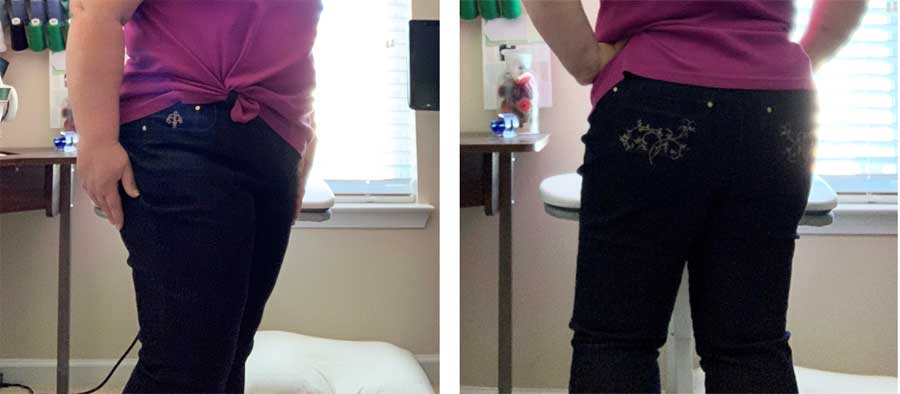In this video, Sheryl Belson interviewed Anita Morris from Anita by Design. You will love Anita’s exuberance, authenticity, joy and sparkling smile! She shares her passion for helping people learn to sew, her unique way of planning her sewing projects, as well as how she has weathered some of life’s hardest moments. This chat is one you definitely don’t want to miss. You can follow Anita on Instagram and YouTube.
~Sheryl Belson





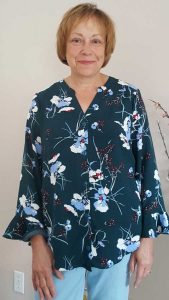
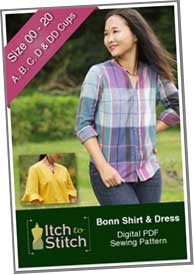
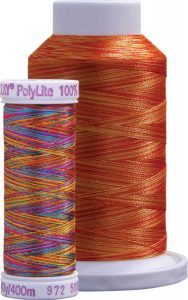
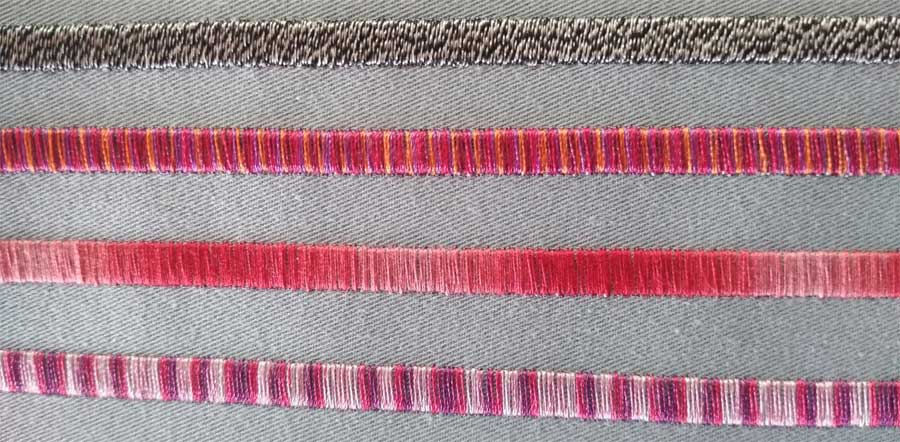
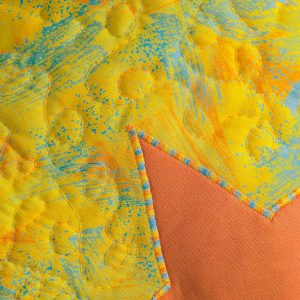
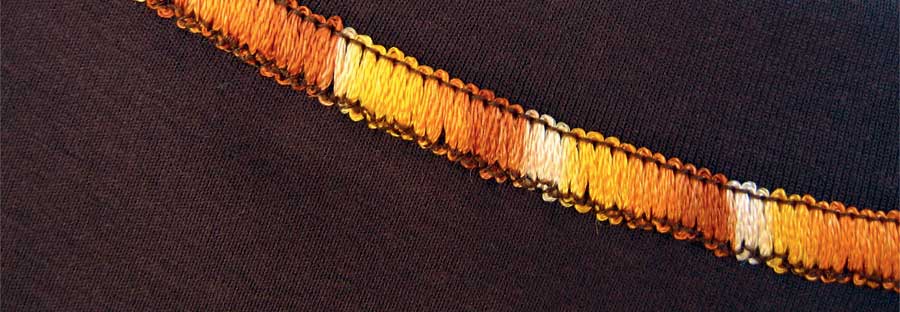

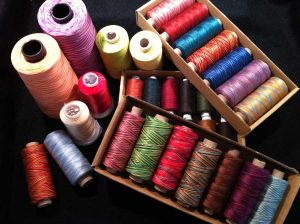
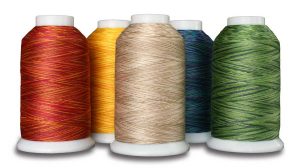
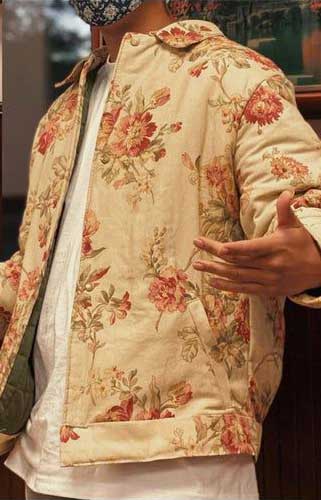 It all started with a pair of old curtains. In late March, as Colorado crept into lockdown, 23-year-old Jonathan Simanjuntak began his search for a new hobby. “Quarantine was getting really serious,” he told me from his home in Aurora, a city spread across two of the state’s hardest hit counties. It didn’t take him long to land on sewing. “If I’m being super honest, the fact that I can’t afford Gucci and APC [a French RTW brand] had a lot to do with it.”
It all started with a pair of old curtains. In late March, as Colorado crept into lockdown, 23-year-old Jonathan Simanjuntak began his search for a new hobby. “Quarantine was getting really serious,” he told me from his home in Aurora, a city spread across two of the state’s hardest hit counties. It didn’t take him long to land on sewing. “If I’m being super honest, the fact that I can’t afford Gucci and APC [a French RTW brand] had a lot to do with it.”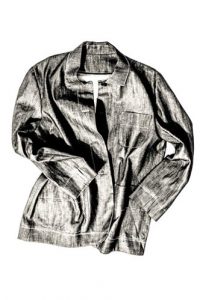
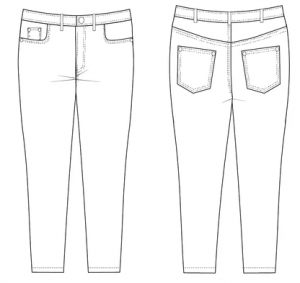 Q. Item Created
Q. Item Created 